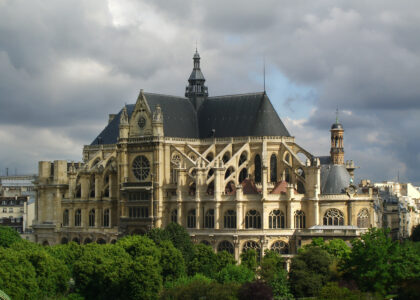Welcome to the Pillared Courtyard, a mesmerizing architectural feature that stands as a testament to the ingenuity and artistry of ancient Indian builders. Although the specific name of this courtyard isn’t detailed, its presence in historic sites like the Ajanta Caves gives us a glimpse into the spiritual and cultural significance it once held.
The Ajanta Caves, where courtyards like this one are found, date back to the second century BCE and were developed in phases until about 480 CE. These caves are renowned for their intricate rock-cut architecture, serving as monasteries (Viharas) and worship halls (Chaityas) for Buddhist monks. The Pillared Courtyard would have been central to the monastic life, providing a space for meditation, teaching, and communal gatherings.
This courtyard is part of the larger heritage of the Ajanta Caves, which are a UNESCO World Heritage Site. These caves are celebrated for their exquisite murals and sculptures which depict the life and teachings of the Buddha. During their peak, the caves were a vibrant hub of religious activity and a resting place for pilgrims and merchants traveling through ancient India.
As you imagine the courtyard, picture monks in saffron robes walking through the stone corridors, the sound of waterfalls from the nearby gorge of the River Waghur providing a serene backdrop. The pillars, carved with detailed motifs, would have supported a roof that offered shade during the intense Indian summers.
Over the centuries, the Ajanta Caves, including courtyards like this one, fell into obscurity, hidden by dense jungle, until their rediscovery in 1819 by a British officer on a hunting expedition. This remarkable rediscovery opened up a window into India’s rich artistic and spiritual past, captivating historians and visitors from around the world.




